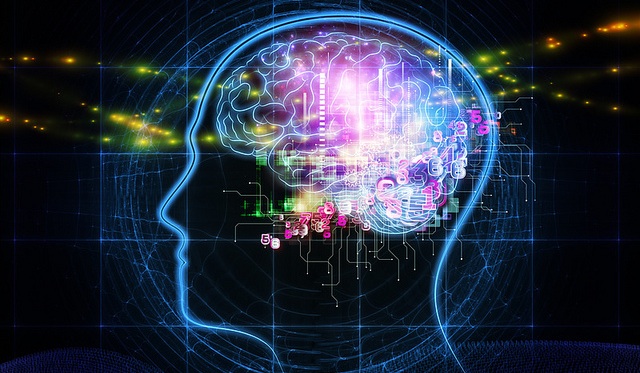
Rohan Roberts | 8 Sept. 2014
The last ten years have seen dramatic changes in the field of education. The days of the teacher as sage on stage whose word was gospel are long gone. Rote learning is out, flipped lessons are in. Regimented rows are out, group-seating is in. Solitary work is out, collaborative work is in. Silent classrooms are out, active learning is in. And by and large, schools are catching up with the latest trends in education.
However, most teachers are unaware of the reasons why these changes are recommended. There are many ways to describe the work teachers do. A consciousness-raising way to describe their work is to say teachers are “brain-changers.” The role of the teacher is to literally modify how the brains of their students function.
For the longest time the field of medicine was an art form. Doctors didn’t know why they did what they did. Blood-letting, electro-shock therapy, trepanning, these were various quack practices that were tried. Some medical practices worked, some didn’t. Things changed when we developed the germ theory of medicine and discovered the world of bacteria and the effects of penicillin. Suddenly, doctors saw an explosive leap in the number of patients they cured. Since then the medical profession has been utterly transformed as a solid science – with a revolutionary impact on the human condition.
The same could happen in the field of education, once education becomes a science and teachers start to understand what happens in the brain. Today, teaching, for the most part, is an art form. Teachers try various strategies, some work, some don’t and they’re not sure why they’re doing it. However, once teachers get to grips with the field of neuroeducation, things will change dramatically.
Neuroeducation is a conflation of the fields of Pedagogy, Psychology and Neurology. And why should teachers start taking notice of it? – Because teachers are ultimately “Brain Changers” and we have learnt more about the human brain in the last three years than we have in all the previous centuries combined. And Leslie Hart, author of Human Brain Human Learning argues that teaching without an awareness of how the brain learns is like designing a glove with no sense of what a hand looks like.
Ask your average teacher about any scientific theory behind their pedagogy and they will mumble vaguely about Jean Piaget, John Dewey, or Benjamin Bloom. These were big names from over half a century ago. Brain science has come a long way in that time: In the 70s we had CAT scans and MRI scans. Shortly after we had PET scans and fMRI scans. George Bush went on to declare the 90s the ‘Decade of the Brain.’ Today brain scanning and brain imaging has become an informational technology and like all informational technologies is growing at an exponential rate. We have a clutch of enormously interesting brain projects taking place:
The Blue Brain Project is an attempt to create a synthetic brain by reverse-engineering the mammalian brain down to the molecular level.
The Human Brain Project is a large-scale decade-long European research project which aims to simulate the world’s first full human brain and run it live on a supercomputer.
The Brain Initiative is a proposed collaborative research initiative announced by the Obama administration last year, with the goal of mapping the activity of every neuron in the human brain.
So what does all this Brain research reveal? David Sousa is an international consultant in neuroeducation. Some of the major revelations he shares are briefly as follows:
Movement enhances learning and memory. (So get students moving in class, include more recess time, and bring back more PE lessons)
Emotions have a great impact on learning (Teachers need to be familiar with the biology and neuroscience behind emotions if they are to have better interactions with their students.)
Varying pace of brain development explains the behaviour of students (The neocortex isn’t fully developed until the early 20s. This goes a long way to explain the occasional irrational and sometimes antisocial behaviour of students).
The brain can grow new neurons – also known as neurogenesis (Teachers can help pupils develop a healthy lifestyle that promotes brain health).
The brain can rewire itself – also known an neuroplasticity (a better understanding of this can have an enormous impact on students with learning difficulties like dyslexia and dyspraxia).
Short-term memory is not so temporary (An understanding of how memories are formed can allow teachers to use strategies to ensure that students don’t forget stuff immediately after an exam).
Sleep is important (Teenagers need nine hours. Often they don’t get it. which would explain their lethargy in class).
There’s much more to learn in this fledgling field of neuroeducation. We know more about the Universe than we currently do about the human brain. In a future of exponentially-growing technologies and in a world where human-computer interface is already a reality, teachers would be well advised to invest more time in understanding how the brain works if they wish to see successful, motivated, and well-adjusted students in their classrooms. Education is becoming a science.